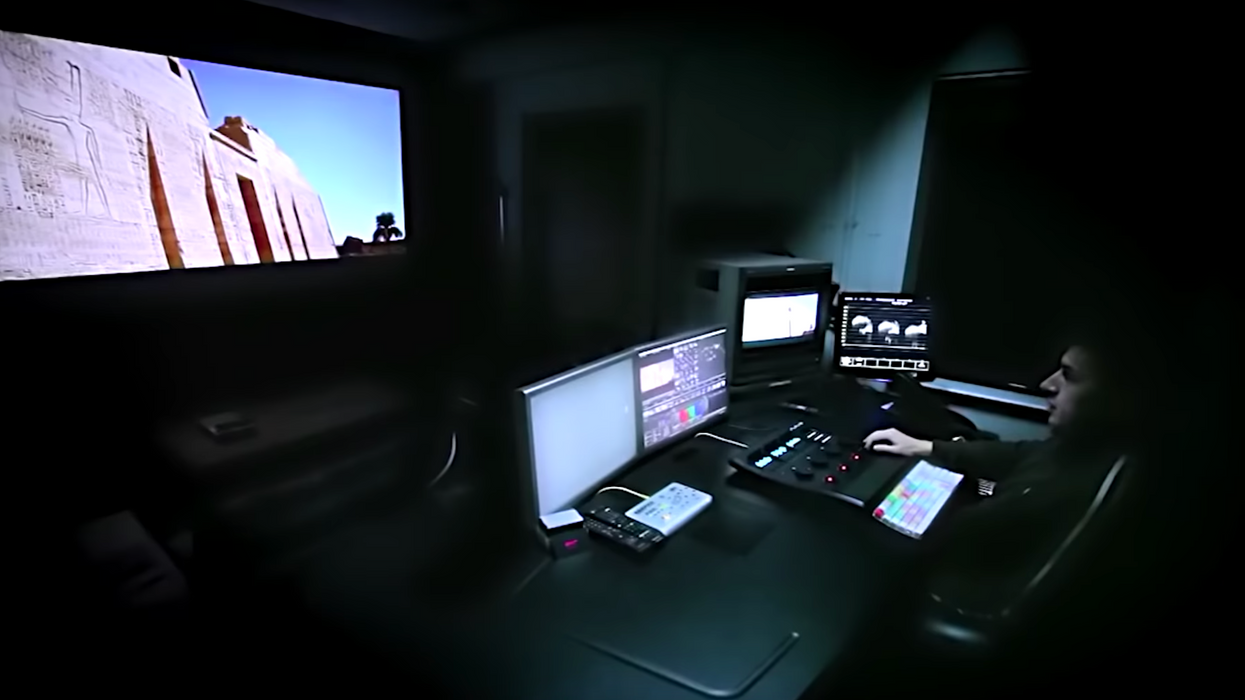5 Reasons Why You Should NOT 'Fix It in Post'
Fixing stuff in post is more often than not a huge gamble. Do you know your odds?

There are so many powerful post-production tools out there that basically perform magic. They can add incredible effects and fix horrible mistakes with but a click of a button, so why do experienced filmmakers always tell up-and-comers not to "fix it in post?" Even though there are some cinematic blunders that can be corrected with the help of a beefy editing program, the vast majority of them are going to require a reshoot rather than a retouch. In this video from Aputure, Benny from the A-Team goes over five situations in which you might want to avoid "fixing it in post" because it just plain won't work. Check it out below:
In the video, Benny touches on a handful of great reasons why it's best to opt for a reshoot rather than trying to "fix it in post." Let's go over them quickly.
Continuity and other visible errors
Boom mics get in shots; other than recording audio, it's kind of what they do. However, if you're wanting to mask out its cameo in post, you should really weigh your options before you make that decision. Did you notice the boom dipping into the shot the moment that it happened? Then friggin' reshoot it! Did you notice it once the shoot was over? Well, is a reshoot possible? If so, you might want to give it a shot. If it's an easy mask, you might actually want to make "quick" work of it in post.
Don't rely solely on Auto WB
Yes, we know. Film technology is powerful and awesome, but it's also technology that is capable of failing and doing you so, so wrong. You might know all too well about that if you use your camera's Auto White Balance tool, which often gets an estimate of color balance rather than exact color temperatures. Fixing that mess in post can be a friggin' chore, a long, arduous, frustrating chore. So, if it's possible to reshoot, do it. You'll save yourself a lot of time, money, and sanity.
Motion tracking issues
If you've ever used motion tracking to fix a mistake, then not only do you know how long of a process it is but you also know that the results may not have been as great as you wished they'd be.
Cropping reduces resolution
One way of hiding a mistake is by cropping it the hell out of your shot. Buh bye! However, depending on the camera you used, file type, and size of the crop, you might risk really degrading the resolution of your shot. This won't always be a problem, especially if you shoot in, say, 4K, because you'll have a lot more latitude when it comes to cropping, but just be aware that cropping could potentially degrade your image to the point that it's not even worth using.
Clients want a fast turn-around
We all know that post-production takes a significant amount of time to complete, but it takes so much longer if you've got a bunch of mistakes to tend to. Unfortunately, your clients may not be all too happy about receiving longer wait times due to errors you made during production, which is perhaps the #1 reason you should be attentive enough to catch mistakes when you make them so you can reshoot immediately.
Now, is it always unwise to "fix it in post?" Of course not. Knowing how to fix problematic footage in post will save your buns more times than you'll be able to count. The point here is to understand that you should be really careful about relying on the capabilities of your post-production tools, as well as your ability to employ them, to solve all of your problems.
Source: Aputure












